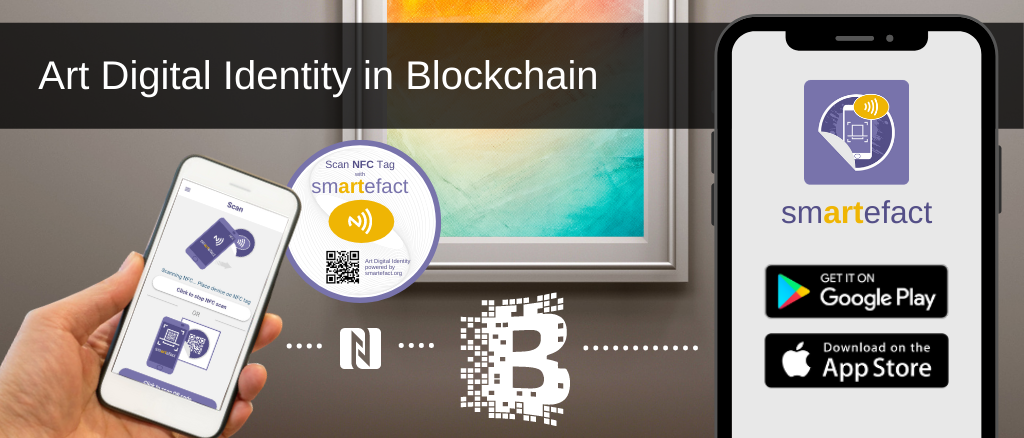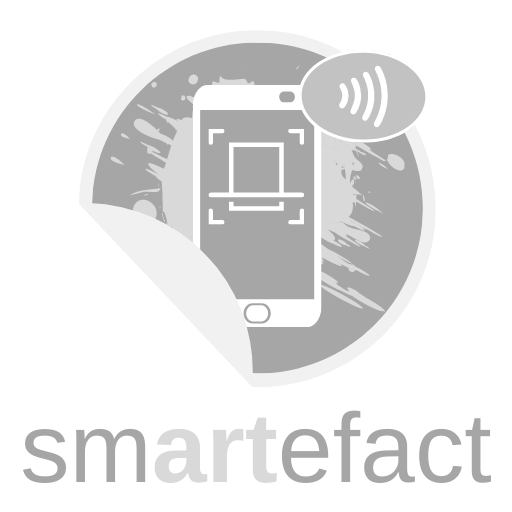Art object identification & authentication
Firstly, it is important to understand that Smartefact is NOT a replacement of any expert authenticity verification, it is a complementary tool to help establish and manage the digital identity of an artwork. In fact, Smartefact is a very efficient tool that can benefit Art Experts and any other entities responsible for Art Authentification.
How an object identification works and what is the procedure used by Smartefact for automatic or semi-automatic identification of art objects?
To establish the authenticity of a physical art object it is necessary to solve two problems:
- Verifying the presence of a unique (non-copyable) element on the object
- Verifying the authenticity of this element
Microphotographs (or quality images) of the object, a unique structure, etc. can be used as such an element, but verification of these features requires special knowledge and equipment. Such features cannot be used for automated verification at the current level of technology, subject to the requirements of sufficient accuracy of determination.
The art protocol used in smartefact allows to include such features in the artwork manifest (e.g., providing a link to the microphotograph and a microphotograph file data hash to verify it), but the main way to verify the identity and authenticity of the artwork is to apply a radio frequency identification (RFID / NFC) tag.
Most modern phones have a built-in NFC module, so you do not need special equipment or special knowledge to verify the authenticity of the tag.
However, copying (cloning) an NFC tag is a difficult (often almost impossible) procedure. The only problem is sticking the NFC tag from the original object to the counterfeit - but in this case the original object loses its identification features.
In fact, this method of NFC identification is the only method available today with sufficient reliability and ease of use. QR codes or other similar tags (e.g. just a printed serial number) are very easy to copy, while specialized micro-printed labels are difficult to check.
Smartefact allows you to securely verify the authenticity of an nfc tag by verifying that its unique number (or verifying the private key) matches the data on the blockchain.
However, an object can also be identified by its unique identifier (contained in a QR code or printed as text). This allows us to verify the existence of a record for such an object in the blockchain, but does not allow us to verify the unique non-copyable attribute (thus, we can establish that some object has been registered, see the events associated with it, but we cannot establish whether the object we have is genuine).
Mobile Application (Android & iOS)

When a physical artwork (e.g. a painting) is registered with Smartefact, it is given a unique NFC tag. The Smartefact Mobile App is required to scan the NFC tags (or QR codes), and see the records about the artwork kept in the blockchain. Data stored in blockchain can include detailed information about the painting as well as its author, and its history such as exhibitions, valuations, expertise certifications, sale and ownership changes, and much more.
Features of the Smartefact App include a powerful search engine that allows users to search for records in the blockchain. Smartefact also decodes the data found in the blockchain into a readable form through its user-friendly interface, so that the user has readable data instead of unfriendly raw data.
About smartefact.org
Art Identity
How It Works
Register Artwork
Blockchain
Emercert
FAQ
Download Mobile App
Get in Touch!
EmerTech Limited
Innocentre, 1/F LionRock 72
72 Tat Chee Ave
Kowloon Tong
Hong Kong
Email: info@smartefact.org

Smartefact is a product of EmerTech, a member company of the Incu-App Programme, HKSTP (Hong Kong Science & Technology Park)


